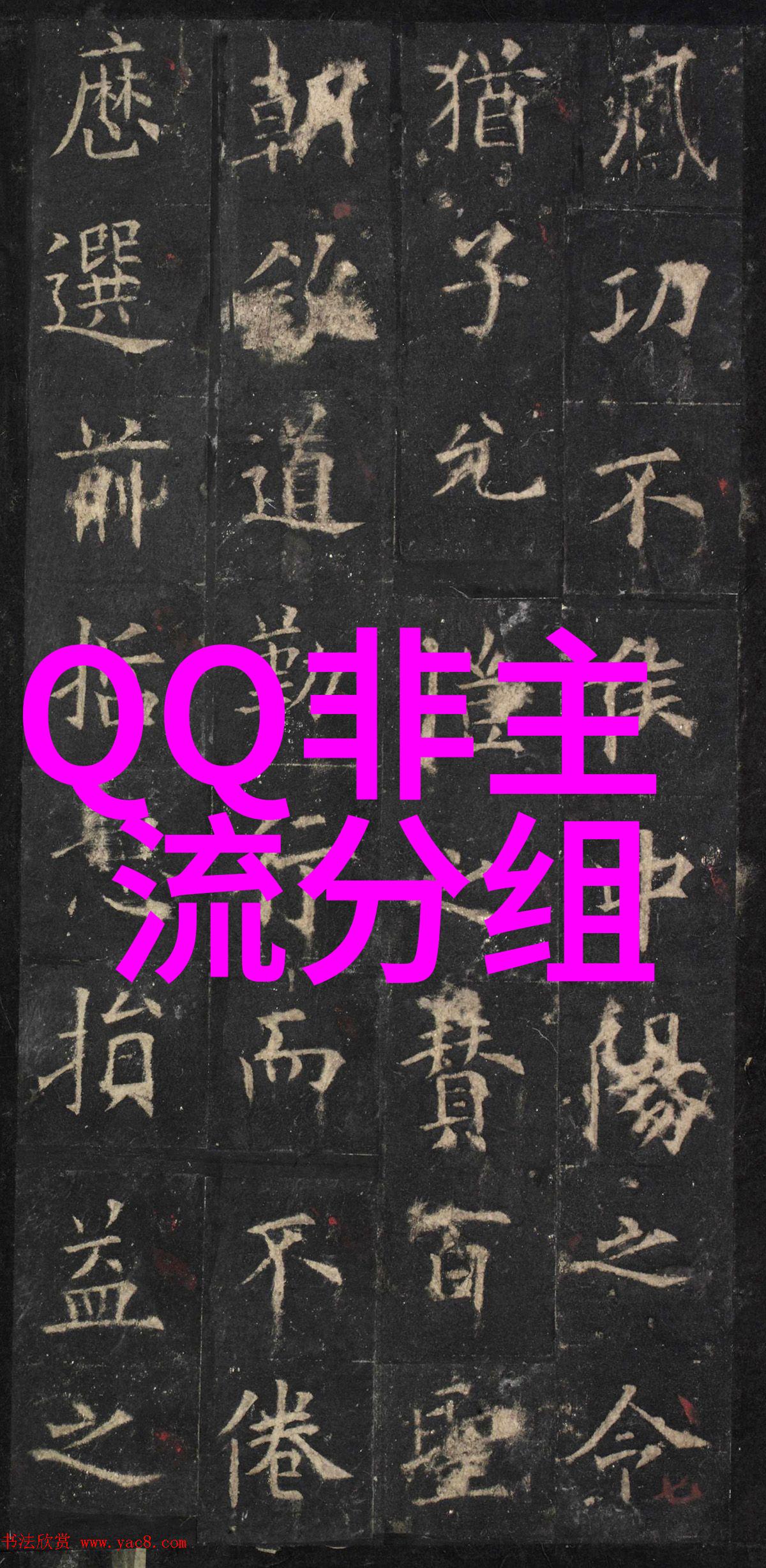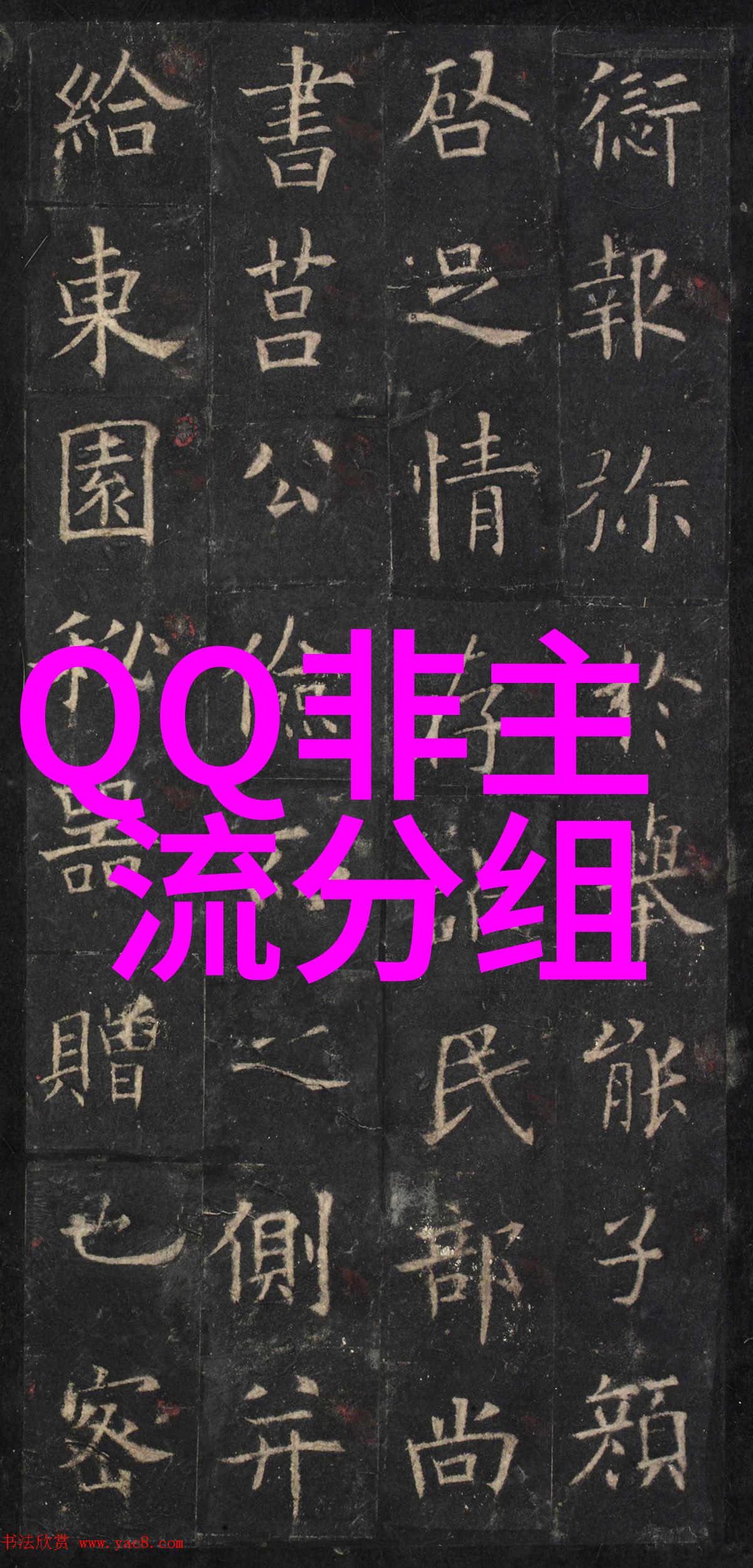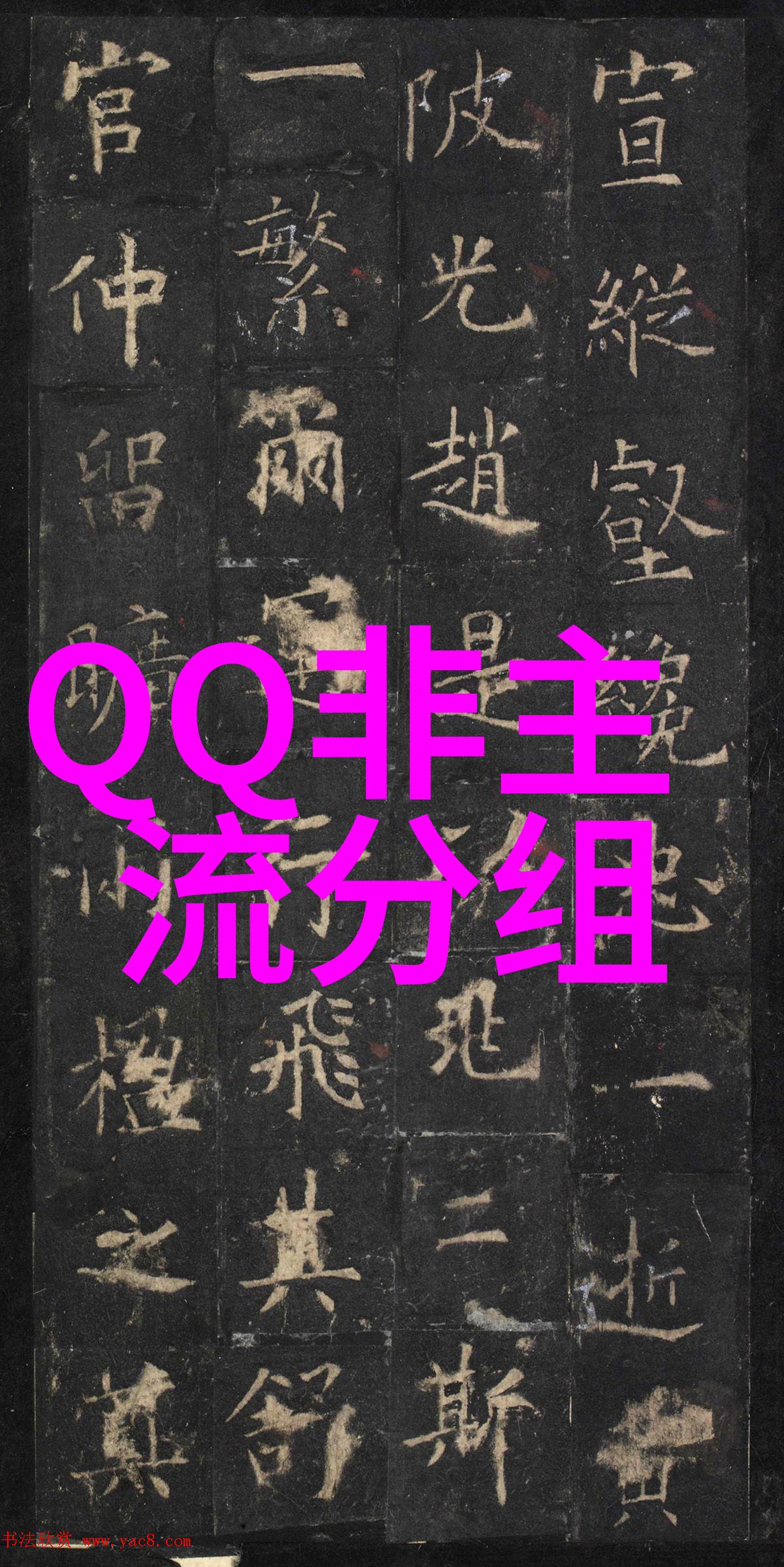在中国历史和文化中,“红颜”一词,常常与女性、美丽、爱情以及权力相联系。尤其是在古代宫廷中,那些穿着鲜艳红色衣物的女子,被赋予了特殊的地位和象征意义。这篇文章将探讨那些身着红衣的女子——“红颜女官”,以及她们所代表的文化符号。

1. 红色的寓意
在中国传统文化中,色彩往往是非常有深度的,它们不仅仅是视觉上的差异,更蕴含着丰富的情感和哲学意义。对于女性来说,特别是宫廷中的女性,“红”色被赋予了不同的含义。它既可以代表生命力,也可以象征婚姻与夫妻之爱。在古代文学作品中,如《西厢记》中的花子绿,就是以她的“粉面如花”的容貌和她那“绣金罗裙满街转”的打扮而著称,她便是一个典型的“红颜”。

2. 红衣女官:一个神秘群体
在封建社会里,皇帝及其家族成员拥有绝对权威,而宫廷中的其他人则需要通过服饰来表达自己的身份地位。当时,一种特定的服饰成为标志性——那就是长袖大褂,这种衣服只允许皇室成员穿戴。而穿上这件衣服的是一批专门训练出来的人才,这些人被称为“内侍”。她们通常由后妃或贵族家庭选送入宫,并接受严格教育,以备随时侍候皇帝或参与政治活动。

3. 从制度到艺术
除了实际生活中的应用,“红颜”还出现在诗词歌曲中,对于这些文学作品来说,它们往往是抒发个人感情的一种方式。在唐朝诗人李白的一首名作《静夜思》里,有这样一句:“床前明月光,将指点我写下诗来。”这里提到的不是直接关于“红颜”,但这个动人的场景无疑让人们联想到夜晚下的温柔灯光,以及可能伴随着某个心仪之人的温暖感觉。

然而,在宋朝以后,由于经济发展、科技进步等多方面因素影响,使得丝绸生产成本大幅提升,同时染色技术也日益成熟。“赤紫朱黄”等艳丽色彩逐渐流行,这导致原本只有贵族才能享用的高级纹样,现在甚至连普通百姓也能买得到。此时,“赤面朱唇”的形象开始出现,比如宋代画家张择端笔下的《清明上河图》里的妓女形象,就充分展现了这种审美趣味。
4. 今日回响

今天,我们继续寻找那些曾经作为我们祖辈思想工具的小小窗口,或许它们并没有那么直观,但它们仍然存在。比如说,在电影《重庆森林》的开头,那位身材高挑、笑容灿烂的大姐姐,她站在海边向远方微笑,不知是否有人会想起过去那个时代,那些身穿鲜艳长衫,用一种不同于当今世界独有的方式吸引眼球,从而激起我们的好奇心。
总结
"Red Face" or "Red Cheeks" as a metaphor of beauty and elegance, has been deeply rooted in Chinese culture for thousands of years. The term "red color" carries various meanings such as life, marriage, and love in ancient times. This article aims to explore the symbolic meaning behind the red-clad women officials in ancient China's palace.
The story begins with the significance of red color and its association with females in traditional Chinese culture, especially those who served at court like Tang Xianzu's heroine Lin Daiyu from Dream of Red Mansions.
Next we delve into the lives of these royal attendants known as 'inner servants' who were trained to serve both men and women members within the imperial family by providing them with high-quality service.
We also examine how this concept evolved through time: from early literature where it was used to express personal emotions to later art forms that embraced vibrant colors which became accessible even to ordinary people due to technological advancements leading up to today when their influence can still be seen but now more subtle than ever before.
In conclusion, this journey into understanding what lies beneath one word - 'red,' provides us insight not only into historical practices but also modern-day reflections on cultural heritage while encouraging further exploration beyond just appearances alone; there is so much more waiting ahead for us if we choose too!
